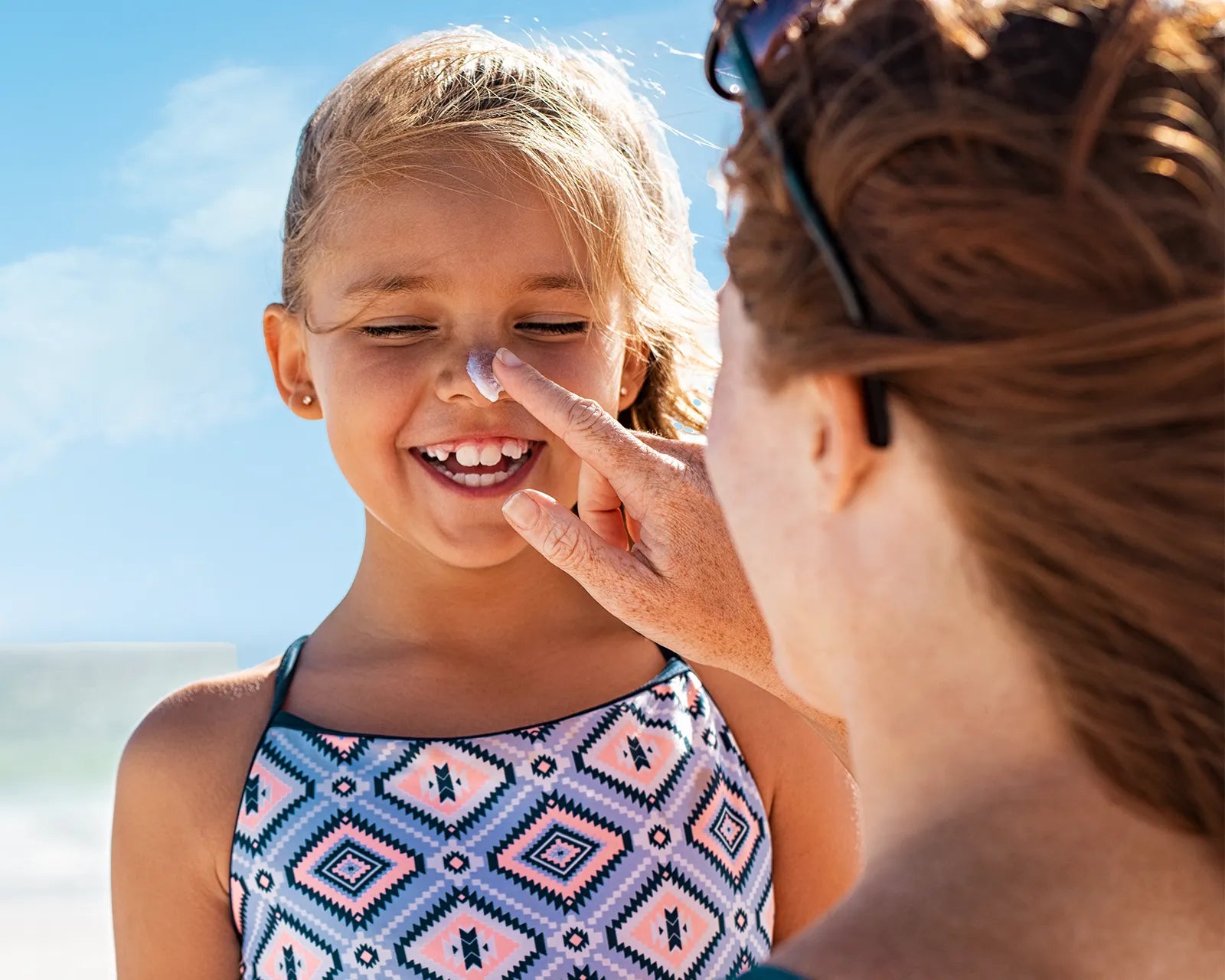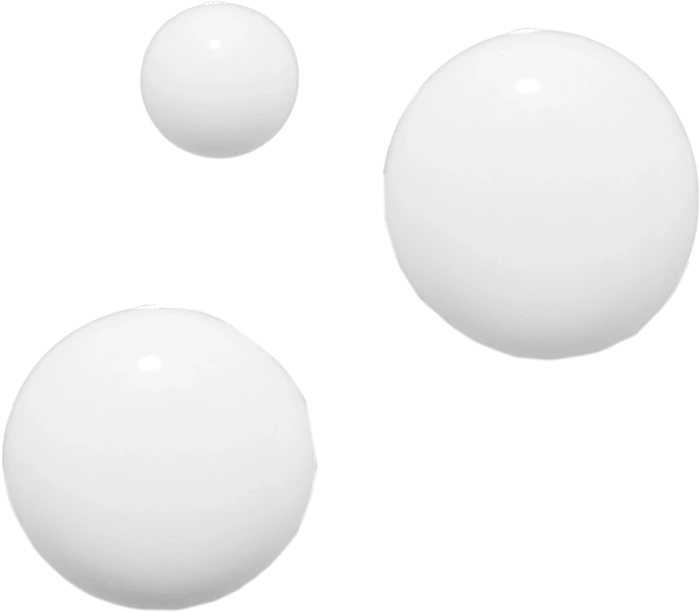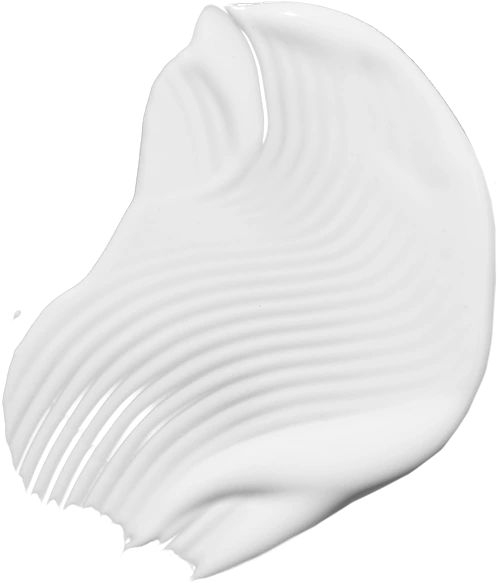
Sun protection you can trust
At Blue Lizard, we have simplified sunscreens so you can be fearless in the sun. As experts in mineral sunscreens for nearly 30 years, we've earned awards for our high-quality products–and the trust of healthcare professionals. We've helped generations of people live fearlessly in the sun. You can count on Blue Lizard to help protect you, too.

Our singular purpose is to help everyone safely enjoy time in the sun. We care deeply about our customers, the quality of our products, and our impact on the planet.
Simplifying sunscreen selection by primarily focusing on SPF 50
Making sunscreens with only mineral active ingredients
All Blue Lizard products are formulated for sensitive skin - free from fragrances, parabens, phthalates, and chemical active ingredients
Offer a range of products for different life stages and needs

We are deeply committed to choosing ingredients and packaging to reduce our impact on our environment while still providing the high-quality sun care our customers expect.
All Blue Lizard products are free from Oxybenzone or Octinoxate
All Blue Lizard products are vegan and cruelty-free
All lotion tubes contain at least 35% post-consumer recycled (PCR) content
